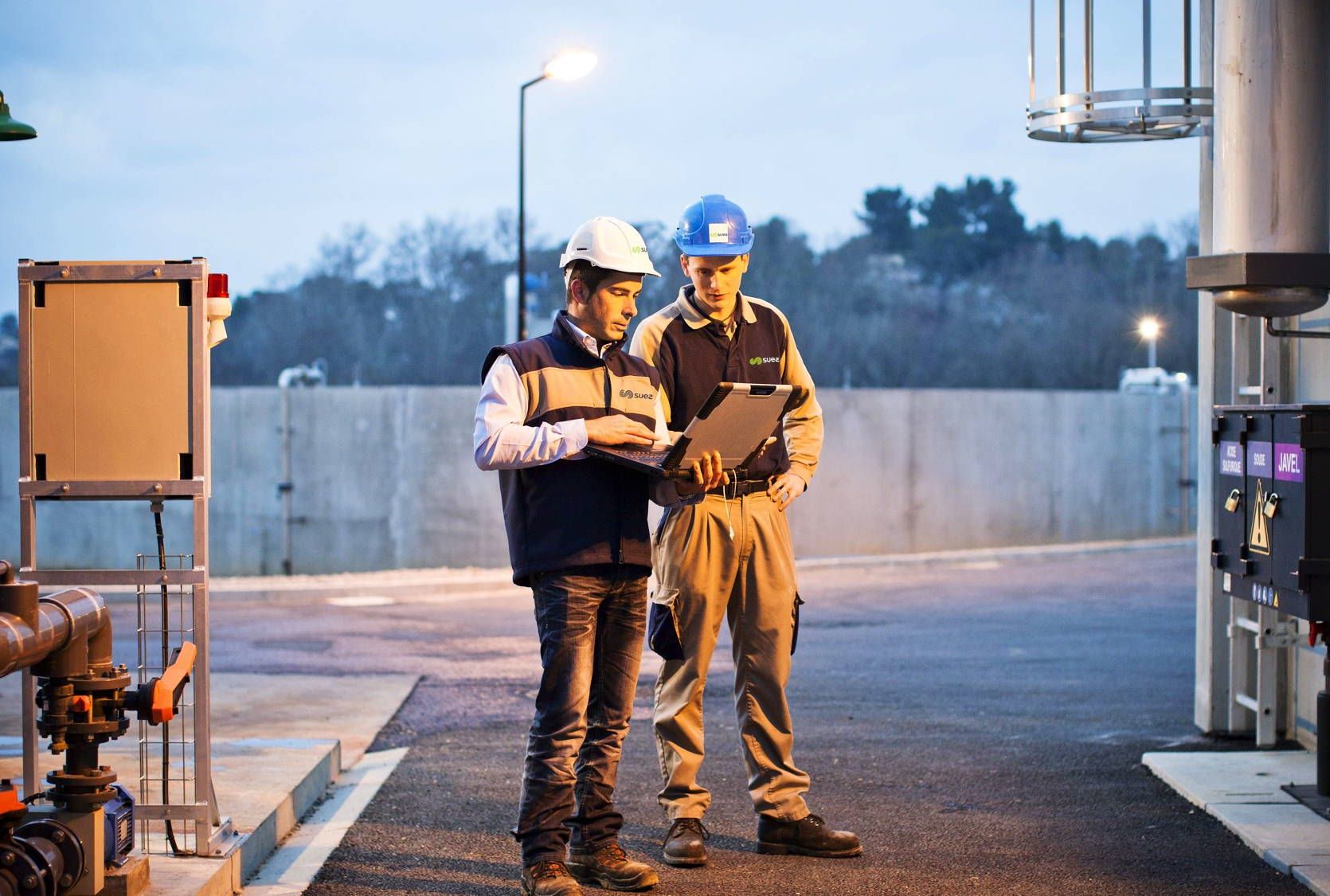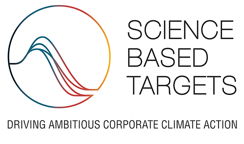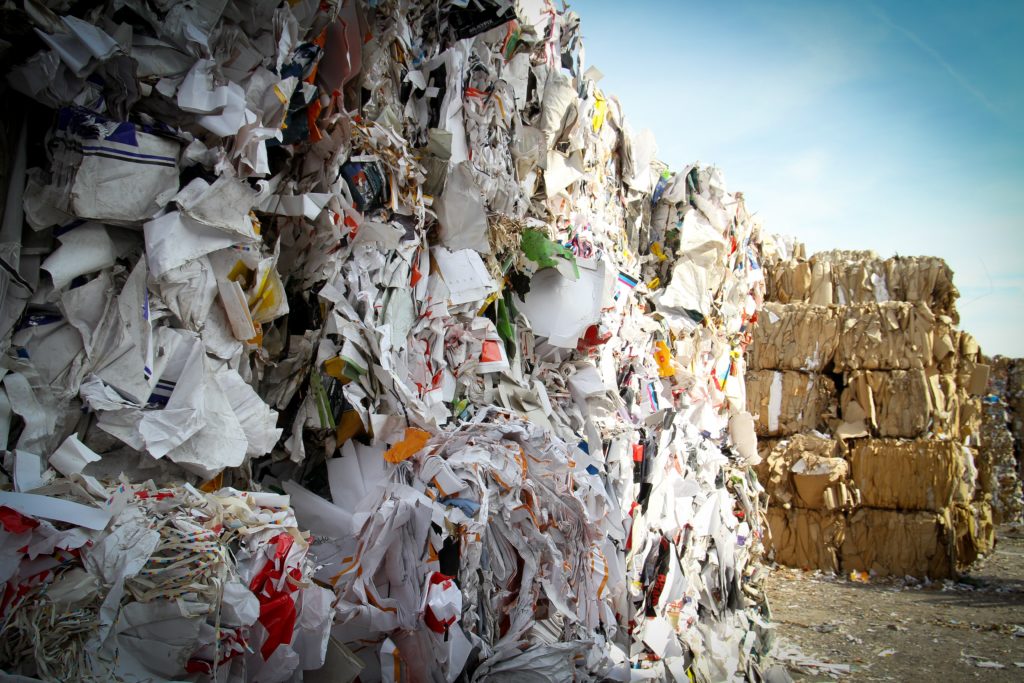Suez tackles emissions through waste and water action
We Mean Business coalition
Company summary
 Suez is a global utility business that specialises in waste management, drinking water and wastewater treatment across the five continents.
Suez is a global utility business that specialises in waste management, drinking water and wastewater treatment across the five continents.
In recent years, it has focused on supporting the transition of its customers from a resource consumption approach to a use-and-recover approach, while advocating for a more circular economy. Today, it is a smart and sustainable resource management company specialising in the recycling and recovering of materials, generating energy from waste and reusing treated wastewater.
We spoke with Sébastien Pellion, Climate Change Specialist at the Sustainable Development Department of Suez.
The Targets
 Suez has committed to reducing its absolute Scope 1 and Scope 2 greenhouse gas (GHG) emissions by 30% by 2030, from a 2014 baseline. This target was officially approved by the Science Based Target initiative (SBTi) in December 2017.
Suez has committed to reducing its absolute Scope 1 and Scope 2 greenhouse gas (GHG) emissions by 30% by 2030, from a 2014 baseline. This target was officially approved by the Science Based Target initiative (SBTi) in December 2017.
Suez also has targets to reduce direct and indirect GHG emissions by 10% by 2021 and to help customers avoid more than 60 million tons of GHGs through recycling and recovery from waste and wastewater between 2016 and 2021.
By 2021, Suez plans to double the amount of recycled plastic it produces and to increase the production of renewable energy at its sites by more than 10%. These climate-related targets are enshrined in the Group Sustainable Development Roadmap for the 2017-2021 period.
In addition to its science-based target, Suez has also committed to responsible corporate engagement in climate policy, to report climate change information in mainstream reports as a fiduciary duty, to put a price on carbon and to improve water security.
What action have you taken to deliver against your climate commitments?
Half our revenues are derived from our water business and half from our waste business. In our waste business, the focus has been on increasing the recovery of waste, whether through the form of secondary raw materials or through the form of energy.
Landfilling waste emits a lot of methane, which has 28 times more global warming potential than CO2. By implementing alternative waste-management techniques, we can drastically reduce our GHGs from a product life-cycle perspective. For example, if you recycled one ton of plastic bottles, you would avoid 1.6 tons of CO2 that would otherwise be emitted through decomposition in a dumpsite.
As part of our wider carbon reduction strategy, we are also renewing our vehicle fleet, increasing our production of renewable energy, and optimising the efficiency of landfill sites that we operate so that we can recover the biogas created to produce green electricity and transform waste into compost or solid recovered fuel. Our analysis revealed that we could achieve more than 80% GHG reduction at landfill level by doing so.
The cost of CO2 abatement associated with optimising landfill sites in emerging countries is around 3 euros per ton of CO2, while the cost of CO2 abatement associated with producing electricity from biogas is around 31 euros per ton, to be sufficient to compensate the increase in the price of service.
Waste recycling and recovery techniques have among the lowest CO2 abatement costs within the full range of existing low-carbon solutions.
In our water business, we are focusing mainly on energy reduction. This includes finding efficiencies, as well as generating our own green energy. With wastewater treatment, you have the ability to produce biogas using the leftover sludge. It can then be transformed into electricity through cogeneration, which makes use of the heat energy. We’re committed to turning our main wastewater treatment plants in Spain and Chile into carbon neutral ‘bio-factories’ which reuse 100% of sewage sludge produced through their activities to generate the energy needed for their full operation, distributing the surplus to the network.
We are also focused on buying more green energy for our own operations. Last year, we reached 79% green energy sourcing at the Suez Spain level. Also in Spain, we are producing, for self-consumption, the equivalent of 13% of our energy needs through co-generation, hydro and solar systems, as well as thermal energy recovery. We are quite confident that access to renewable energy will increase by 2030 to deliver progress against our commitment on a global level.
How are you going above and beyond?
We have implemented an internal carbon price as a tool we can use in our business model to anticipate future carbon-related costs and revenues of any project. The main reference carbon price we use is the EU emissions trading system (EU ETS) level, but we also use the International Energy Agency’s World Energy Outlook scenario for anticipating a future pathway of carbon pricing (approximately 30 euros per ton of CO2 in 2030).
By becoming a producer of energy and secondary raw materials, existing and new CO2 markets and taxes could impact our core activities. We take this possibility into account in a growing number of projects’ business models to orientate the choice of technology, and it is something we discuss with clients and partners because it will affect them too. In most cases, it will have a positive impact on our activities, due to the carbon efficiency of recycling and recovery solutions.
We also implement the recommendations of the Task Force on Climate-related Financial Disclosure and we are one of four founding partners of the Business Alliance of Water and Climate, together with CDP, UN Global Compact and the WBCSD.
What are your achievements so far?
In 2017, our aggregated volume of CO2 emission reduction initiatives reached more than 500,000 tons of CO2 equivalent. We have reduced our Scope 1 and 2 emissions by 5.69% since 2014 according to the market-based approach, when taking into account changes in perimeters due to acquisitions and divestments.
Most of that carbon saving has been achieved through our green energy generation and procurement strategy in the water business, as well as through the diversion of large volumes of waste from landfills in the waste business – notably in the UK where we started to operate several large incineration plants in recent years.
WHAT ARE THE BENEFITS TO THE COMPANY OF HAVING THE TARGETS?
Some of our CO2 emission reduction initiatives have a cost – like green energy purchasing – but we are convinced that our company has a key role to play in the climate transition and that we will benefit from having a leadership role in that domain. This is all the more important that expectations of our stakeholders on this issue are very high, as confirmed by the materiality analysis we conducted in 2016.
Not only that, but investing in low-carbon and circular technologies is a big market opportunity for us. Thanks to our efforts in research and development, we are producing more and more types of secondary raw materials. We will also continue to help our customers develop new circular products, through innovative partnerships, like the one we had with Terracycle and Procter & Gamble in 2017. The objective was to create the first bottle of shampoo made with 25% end-of-life plastics collected on beaches.
Through these initiatives, we hope to stimulate investment for cities and industries that is directed towards creating new plants and optimising existing ones. For example, by turning some of our wastewater treatment plants into ‘biofactories’, we are not only treating water to avoid discharge of contaminants into the natural environment, we are also able to recover sludge for agriculture, rare metals and phosphorus from wastewater – the latter being a material that could disappear by end of the century.
ARE THERE ANY BENEFITS TO THE LOCAL OR NATIONAL ECONOMY?
In 2017, we supported the creation of almost 200,000 jobs worldwide through our activities and our supply chain – nearly 2.5 times the number of direct jobs in the group’s subsidiaries.
This figure was determined by a study that the group conducted in 2017, according to the “Local Footprint” methodology (by Utopies consulting agency). This impact assessment focused on the impact of our company on job creation in the supply chain.
As a key player in circular economy, we are particularly keen to partner with our suppliers in order to create new closed loops (energy, waste, raw materials) and to identify with them CO2 emission reduction initiatives.
Also, we encourage our suppliers to work together, by supporting the emergence of an eco-industry sector through policy engagement. We incorporate more and more companies from the social and inclusive economy into our tendering process and we attach a strong importance to contracting local-based suppliers. In Europe, about 84% of the jobs that we support are located in the geographical zone of our operations.
At a wider level, making the shift to reusing, remanufacturing and recycling products could lead to significant job creation. According to Green Alliance, the recycling industry in the UK alone could create 500,000 jobs by 2030.
WHAT POLICIES HELPED TO ENABLE THE TARGETS?
The EU Circular Economy Package, which includes a target to have less than 10% of waste going to landfill in the EU by 2030; with the rest having to be recycled, recovered in the form of energy or composted, etc.
It is quite a strong set of targets and to reach them we need to have the right economic levers in place that will help to change our production and consumption systems – otherwise it just won’t work.
WHAT POLICIES WOULD MAKE ACHIEVING THE TARGETS EASIER?
Introducing circularity criteria into public procurement, as well as in the production processes of companies. We need to incentivise companies to include a certain percentage of recycled content in their production processes or to make their products recyclable, for example. This is really important. Sometimes we manage to collect bottles of plastic, or paper and cardboard, but the different layers makes it impossible to recycle.
WHAT WIDER IMPACT DO COMPANIES HAVE BY MAKING SUCH COMMITMENTS?
Adopting the circular economy, as we are, has plenty of challenges, but also huge opportunities to save resources, to save money, and to reduce GHGs. The climate story is a good entry point because people don’t always realise the climate benefits of having a more circular economy.


